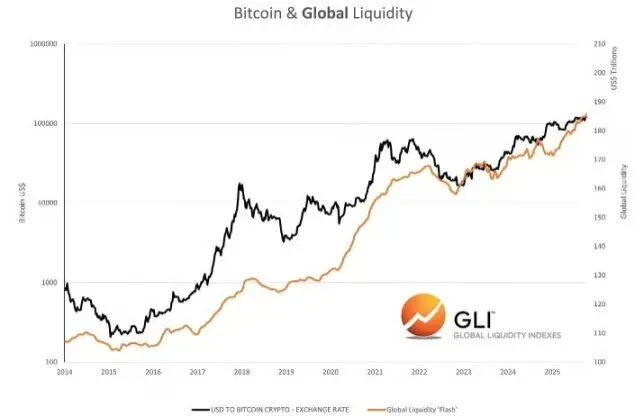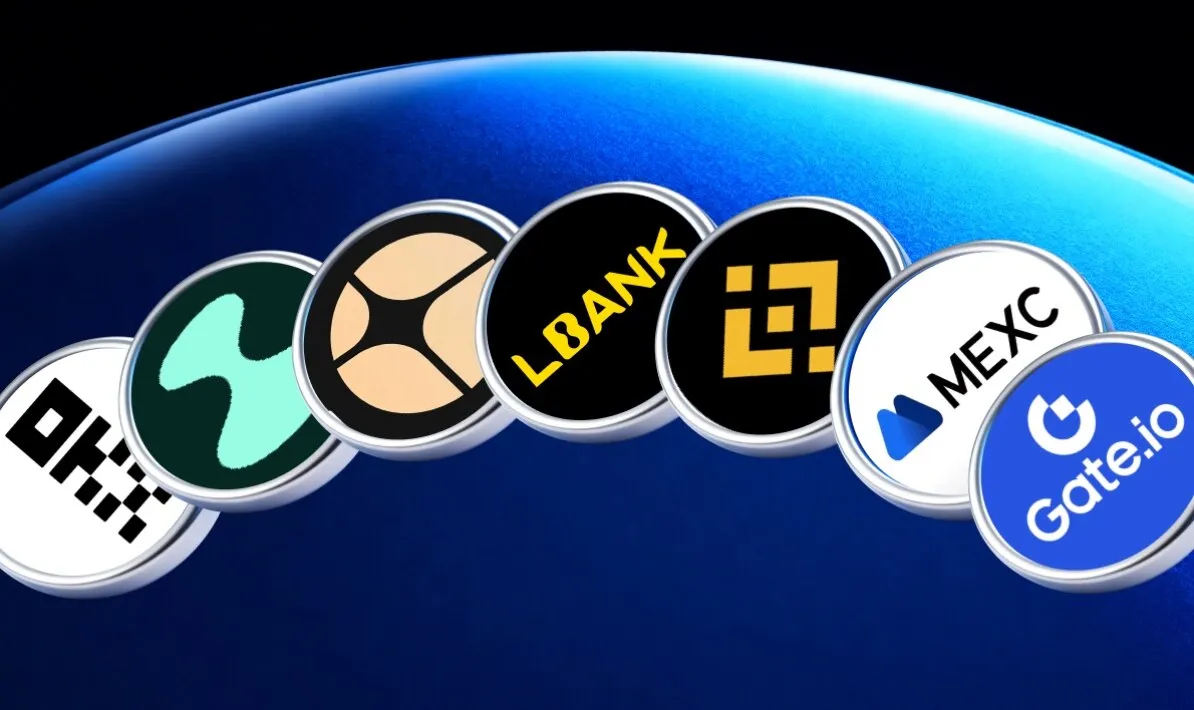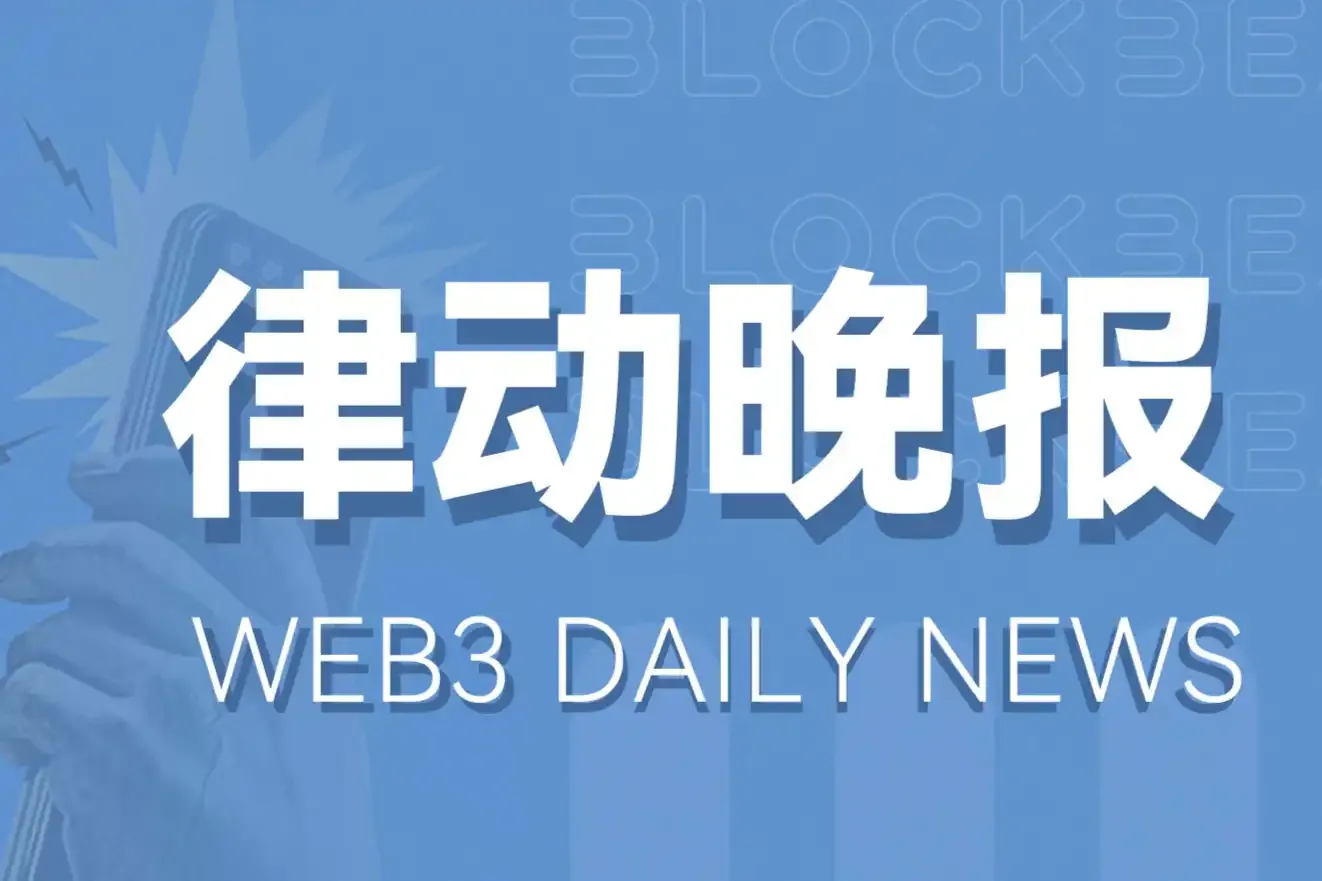Original | Odaily Planet Daily (@OdailyChina)

“In the first six years of Ethereum (during which ETH rose from $0 to a market cap of $450 billion), my total income was $625,000 (before tax, with no incentives).”
—— Ethereum core developer, main maintainer of the Geth client@peterszilagyi_
This statement comes from a letter written a year and a half ago. The letter was addressed to the leadership of the Ethereum Foundation (EF), and reading it now feels like a delayed explosion, revealing a long-hidden crack within Ethereum.
In this letter, he publicly criticized the internal compensation system and governance structure of the Ethereum Foundation (EF), bluntly stating that he is “a useful fool in an unbalanced system.” He accused the Ethereum Foundation (EF) of being bought off by money, exploiting developers, and forming a closed elite circle—idealists have become workers, while those in power have become the ones dividing the pie.
He mentioned that he had previously rejected a buyout offer of $5 million, where the other party wanted to “blacken the Geth team” and take control; meanwhile, EF secretly funded new teams and marginalized old members.
Even Sonic co-founder and father of DeFi Andre Cronje (AC) and Polygon founder and CEO Sandeep Nailwal expressed doubts about the Ethereum Foundation. AC stated, “I really don’t understand. Who is the Ethereum Foundation (EF) funding/supporting? When I was developing on Ethereum, I burned over 700 ETH just on deployment and infrastructure. I tried to contact EF but never got a reply, no business connections, no funding, zero support, not even a retweet. Since the Ethereum Foundation supports neither core developers (like Péter Szilágyi and the Geth team) nor the strongest Layer 2 supporters (like Sandeep and Polygon), where are these resources actually going?”
And every time the market cycle peaks, people can always see EF's coin-selling operations—official reports claim this is a “financial management measure,” but each sale is accompanied by a sharp market correction. This is also one of the “criticisms” the crypto community has against the Ethereum Foundation. In the Ethereum Foundation's 2024 report, the L1 R&D expenditure for 2023 was about $32.1 million, accounting for 30% of the total annual expenditure, which seems reasonable. But if you ask further, which teams did this money actually go to? Which projects? How much was left for the developers building the foundation? No one can answer. The core teams that truly support Ethereum's security and performance are exhausting their ideals and patience.
In the tenth year since Ethereum's birth, one by one, the “meritorious” figures who once defined Ethereum's technological direction are leaving. Next, we will review how these “underappreciated contributors” are quietly exiting and whether they are taking away personal prospects or the future technological moat of Ethereum.
Dankrad Feist: The Father of Ethereum Scaling
On October 17, Ethereum Foundation core researcher Dankrad Feist announced his departure from EF to join the blockchain project Tempo, co-incubated by Stripe and Paradigm. However, Feist emphasized that this is not a complete "farewell"; he will continue to serve as a research advisor to the Ethereum Foundation, focusing on L1 scaling, blobs, and user experience improvements. But this “half-exit” itself symbolizes another kind of technical flow: Ethereum is no longer the only “ideal country.”
In 2018, Feist began working part-time for the Ethereum Foundation. By 2019, he officially became a full-time core researcher. At the Ethereum Foundation, Feist focused on scaling Ethereum, particularly in applied cryptography, secure multi-party computation (MPC), and zero-knowledge proofs.
Feist's most notable contribution is undoubtedly "Danksharding"—a sharding design scheme named directly after him. This design aims to improve Ethereum's data availability through an MPC-friendly custody proof protocol and new sharding constructs.
Related article: “The Father of Ethereum Scaling Has Jumped Ship! A Look Back at Dankrad Feist's Legendary Journey”
Before joining Tempo, Dankrad Feist had actually announced in May 2024 that he would join EigenLayer as an advisor alongside another core researcher, Justin Drake, entering as an individual and not representing the Ethereum Foundation.
Justin Drake had disclosed that the advisory service would provide a large amount of EIGEN token incentives, potentially exceeding the total value of all his other assets (mainly ETH). Feist also mentioned that he indeed received a large number of tokens from EigenLayer. Therefore, the compensation structure and incentive mechanisms may be one of the important reasons for his departure.
Danny Ryan: Key Figure in the Transition to Proof of Stake
On September 13, 2024, Ryan published a long article on GitHub, announcing that he would “step away from the Ethereum ecosystem” after seven years of contributions. He described his work at EF as an “all-consuming experience,” which, while being the greatest part of his life, he was ready to “relinquish” to make space for personal health and life.
Posts on X called for “Danny Ryan to return to lead EF.” An informal voting website, votedannyryan.com, even emerged, with 97% of 335 voters (holding over 51,198 ETH, worth $164 million) supporting him to become the new leader of EF. Ryan briefly considered returning to EF but ultimately declined. In early March 2025, Ryan announced he would join the RWA protocol Etherealize as co-founder and president, collaborating with CEO Vivek Raman (a former Morgan Stanley bond trader).
Ryan is a key figure in Ethereum's transition to Proof of Stake (PoS). The launch of the Beacon Chain and the completion of The Merge—behind these historic milestones, his presence is evident.
- Launch of Beacon Chain (2021): As the chief coordinator, Ryan oversaw the launch of the Beacon Chain, which was the first step for Ethereum's PoS, introducing a validator mechanism to replace energy-intensive mining.
- The Merge Upgrade (September 2022): Ryan was the lead coordinator for this upgrade, merging the mainnet with the Beacon Chain to achieve the PoS consensus switch. This not only reduced Ethereum's energy consumption by 99.95% but also paved the way for subsequent upgrades (such as sharding).
Barnabé Monnot: Key Promoter of EIP-1559
In December 2024, Barnabé Monnot officially left the Ethereum Foundation. After leaving, Monnot founded Defipunk Labs, focusing on DeFi protocol design, partially funded by Paradigm. However, he continues to support projects of the Ethereum Foundation, such as the Open Intents Framework (OIF) interoperability activation, and recruits builders at the Edge City Patagonia event.
Monnot is a senior researcher in the Ethereum ecosystem focusing on protocol economics and mechanism design. Around early 2021, as a PhD candidate in game theory and systems research, Monnot joined EF's Robust Incentives Group (RIG). Previously, he was one of the founders of hackingresear.ch and was active in community events like EthCC and Devcon, promoting open-source research, and was a key promoter of upgrades like EIP-1559. His contributions to EIP-1559 directly optimized the transaction fee mechanism, driving a 20% reduction in Ethereum fees by 2025.
Reconstructing Order: From Idealistic Cracks to Institutional Reflection
The Ethereum Foundation was once the spiritual center of the entire ecosystem. It represented the continuation of idealism and was once the most trusted sanctuary of the technical community. However, in recent years, EF's image has gradually become blurred—it has been criticized for being overly obsessed with long-term research while neglecting real needs; accused of being centralized, closed, and lacking transparency in decision-making. More and more developers began to question whether this organization, which should be the most decentralized, has become a new “center.”
However, under the dual pressure of ongoing public opinion and “brain drain,” EF seems to finally be starting to “seek change.” In early 2025, its internal governance and personnel structure began to loosen. On March 10, Hsiao-Wei Wang officially joined the board of the Ethereum Foundation. This female tech leader, who grew from a core researcher to an Asia-Pacific community ambassador and then to co-executive director, complements Tomasz Stańczak, the founder of Nethermind, symbolizing EF's governance transition from “Vitalik's unipolar authority” to a “dual-track system of technology and infrastructure.” Hsiao-Wei Wang focuses on sharding scaling and the Asia-Pacific ecosystem, while Tomasz focuses on client development and MEV mechanism optimization. This combination of “Eastern tech geek + Western infrastructure architect” is seen as EF's proactive choice to address ecological fragmentation. Related article: “Who Will Save Ethereum's 'Midlife Crisis'? Can Hsiao-Wei Wang Help?”
On June 3, the Ethereum Foundation announced a major restructuring of its research and development team, laying off some employees and renaming the department to “Protocol” to focus on the core challenges of protocol design. This adjustment aims to address the community's ongoing criticism of the Foundation's management and strategic direction.
However, whether this reform can touch the fundamental issues remains unknown. After all, the biggest challenge EF faces has never been personnel structure or budget allocation, but a deeper question: how can a system of idealism continue to prove its “decentralization” once it has been institutionalized?
As Feist, Ryan, Monnot, and others leave one after another, they are not betraying ideals but being expelled by the institutionalized version of those ideals.
Thus, this exodus itself becomes the most silent yet powerful protest against the “ideal country.”
免责声明:本文章仅代表作者个人观点,不代表本平台的立场和观点。本文章仅供信息分享,不构成对任何人的任何投资建议。用户与作者之间的任何争议,与本平台无关。如网页中刊载的文章或图片涉及侵权,请提供相关的权利证明和身份证明发送邮件到support@aicoin.com,本平台相关工作人员将会进行核查。



